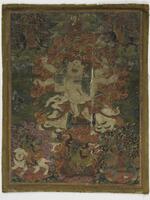20 UMMA Objects
20 UMMA Objects
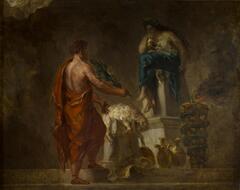
Eugène Delacroix (French (culture or style))
Lycurgus Consulting the Pythia
1835 – 1845
Museum Purchase
1968/2.75

Artist Unknown, Gandhara (Ancient Pakistan and Afghanistan)
Scene from the life of the Buddha: Buddha triumphs over the fire snake at the Fire Temple of Uruvilva Kasyapa (architectural fragment)
200 – 232
Museum purchase made possible by the Margaret Watson Parker Art Collection Fund
1972/2.41
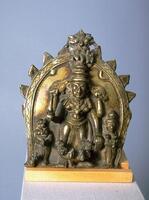
Indian (Indian (South Asian))
Virabhadra
1600 – 1799
Gift of Dr. and Mrs. Leo S. Figiel and Dr. and Mrs. Steven J. Figiel
1978/2.75
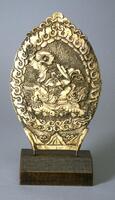
18th century
Museum purchase made possible by the Margaret Watson Parker Art Collection Fund
1985/2.50
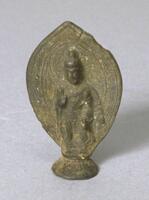
Chinese (Chinese (culture or style))
Standing Buddha (or possibly Maitreya) in abhaya mudra, with flask in left hand
4th century
Gift of Mrs. Caroline I. Plumer for the James Marshall Plumer Collection
1964/1.91
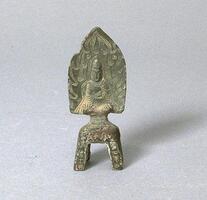
Chinese (Chinese (culture or style))
Buddha, seated, with mandorla and dais; inscription
515
Museum purchase for the James Marshall Plumer Memorial Collection
1964/2.96
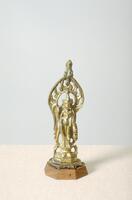
Chinese (Chinese (culture or style))
Bodhisattva, attendant figure from a larger Buddha shrine
618 – 907
Museum purchase for the James Marshall Plumer Memorial Collection
1961/2.81
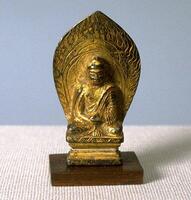
Chinese (Chinese (culture or style))
Buddha, seated in the padmasana pose, in dhyana mudra, with mandorla
433 – 466
Museum purchase for the James Marshall Plumer Memorial Collection
1964/2.94

Indian (Indian (South Asian))
Eight-armed Durga Seated on a Ram
18th century
Gift of Dr. and Mrs. Leo S. Figiel and Dr. and Mrs. Steven J. Figiel
1977/2.48
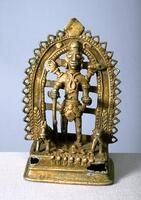
Indian (Indian (South Asian))
Four-armed Vishnu
1700 – 1899
Gift of Dr. and Mrs. Leo S. Figiel and Dr. and Mrs. Steven J. Figiel.
1977/2.49

Indian (Indian (South Asian))
Six-armed Bodhisattva Mañjusri, standing, with two celestial attendants
17th century
Gift of Dr. and Mrs. Leo S. Figiel and Dr. and Mrs. Steven J. Figiel
1978/2.109
Loading…
